If you want the best performing flash storage on your Pixel 10, be prepared to pay more
You might be better off paying at least $100 more on some models to have a Pixel 10 with UFS 4.0
We may earn a commission if you make a purchase from the links on this page.

Last year, Google made a controversial move by equipping the Pixel 9 series with Universal Flash Storage (UFS) 3.1 when other flagships were rockin' UFS 4.0. This year, you can get UFS 4.0 on the Pixel 10 line, but you will have to be willing to pay for the Pixel 10 and Pixel 10 Pro variants sporting 256GB of storage and up. If you buy the Pixel 10 or Pixel 10 Pro with 128GB (it's not an option with the Pixel 10 Pro XL), your phone will have UFS 3.1.
Pre-order your Pixel 10 model phone right here, right now!
Here's the thing, though. If you buy a Pixel 10 Pro or Pixel 10 Pro XL with 512GB or 1TB of storage, you will have Zoned UFS 4.0 on your handset. Zoned UFS (ZUFS) was developed by South Korean memory chipmaker SK Hynix. Data is stored in different zones, increasing the speed and the lifespan of the storage module. The company says that ZUFS will open an app 45% faster (increasing the speed as stated by SK Hynix) and, over time, improve the read/write degradation by 40% (giving the module a longer lifespan as stated).
ZUFS will give you the best UFS performance on your Pixel 10 Pro or Pixel 10 Pro XL. That means if you want the ZUFS on your Pixel 10 Pro, you'll be paying $1,219 (512GB) or $1,449 (1TB). Pay $1,099 and your phone will sport UFS 4.0. Fork over $999 and you'll get UFS 3.1.
If the Pixel 10 Pro XL is your thing, getting ZUFS will cost you $1,319 (512GB) or $1,549 (1TB). If you buy the 256GB model for $1,199, your Pixel will be equipped with UFS 4.0.
If you're buying the Pixel 10 or Pixel 10 Pro, it might be worth shelling out the extra $100 to buy the 256GB version of these models. UFS 4.0 has double the sequential read speed of UFS 3.1 and increases the write speed by 1.6 times. Apps will install faster, and file transfers will be quicker. Your phone will feel snappy when opening an app, and with on-device AI features, faster storage allows large AI models to load faster from storage into the phone's memory. This should help enhance the performance of features like Gemini Live and Magic Cue.
Typically, when buying a new phone, I pay for 256GB of storage although when I bought my Pixel 6 Pro, I coughed up the extra bucks for 512GB of storage, which I haven't come close to filling. Of course, dropping the phone for my iPhone 15 Pro Max might be why. My Pixel 6 Pro still has 406GB of storage left, although I am using it more and more as I feel my personal pendulum shifting back toward my Pixel.
Follow us on Google News



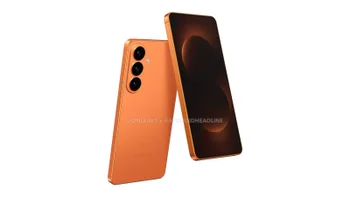


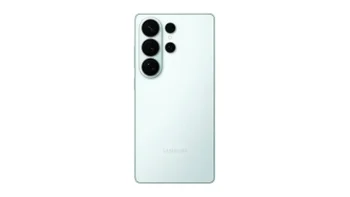
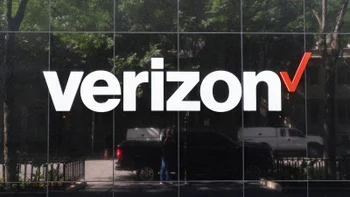




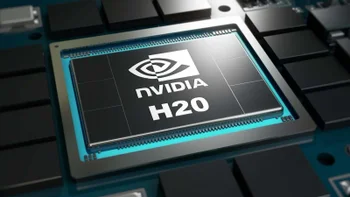
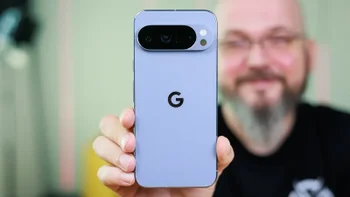
Things that are NOT allowed:
To help keep our community safe and free from spam, we apply temporary limits to newly created accounts: